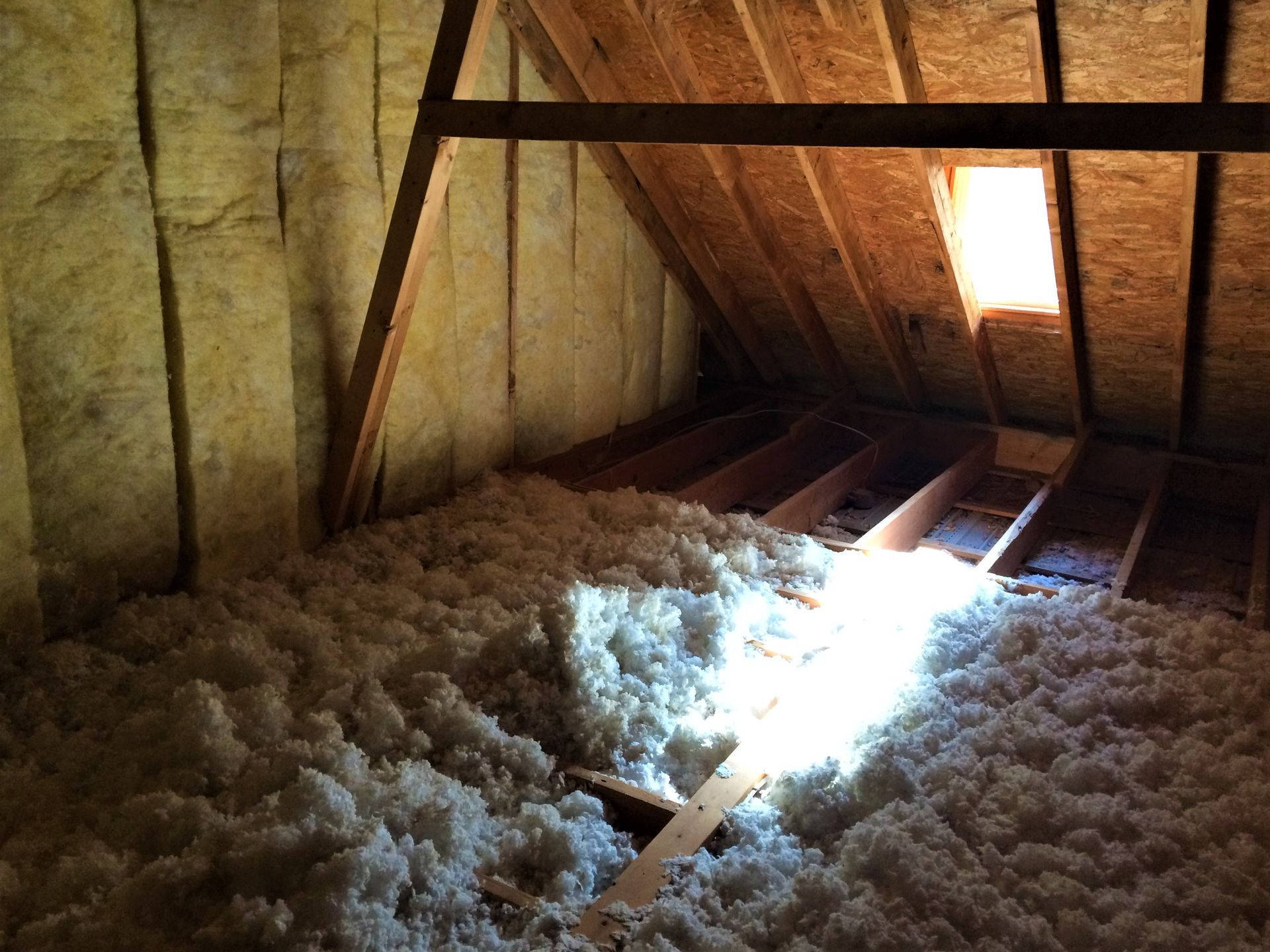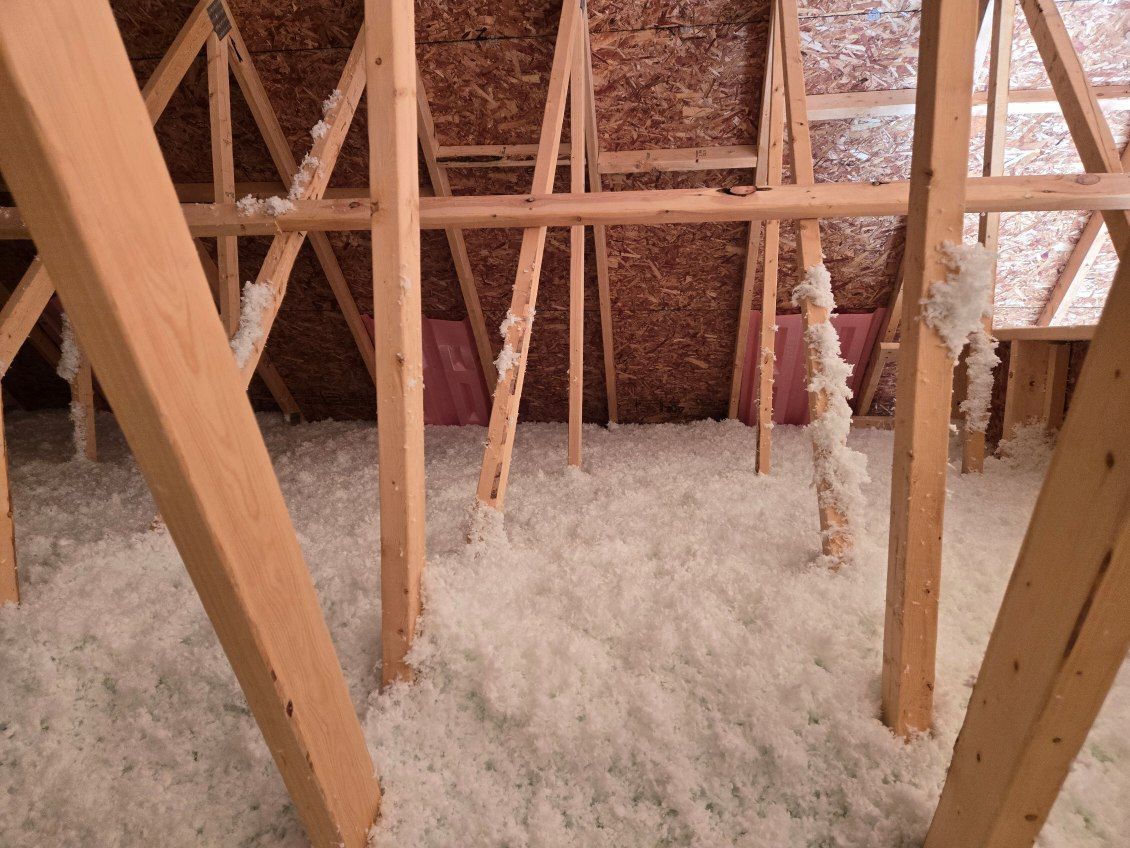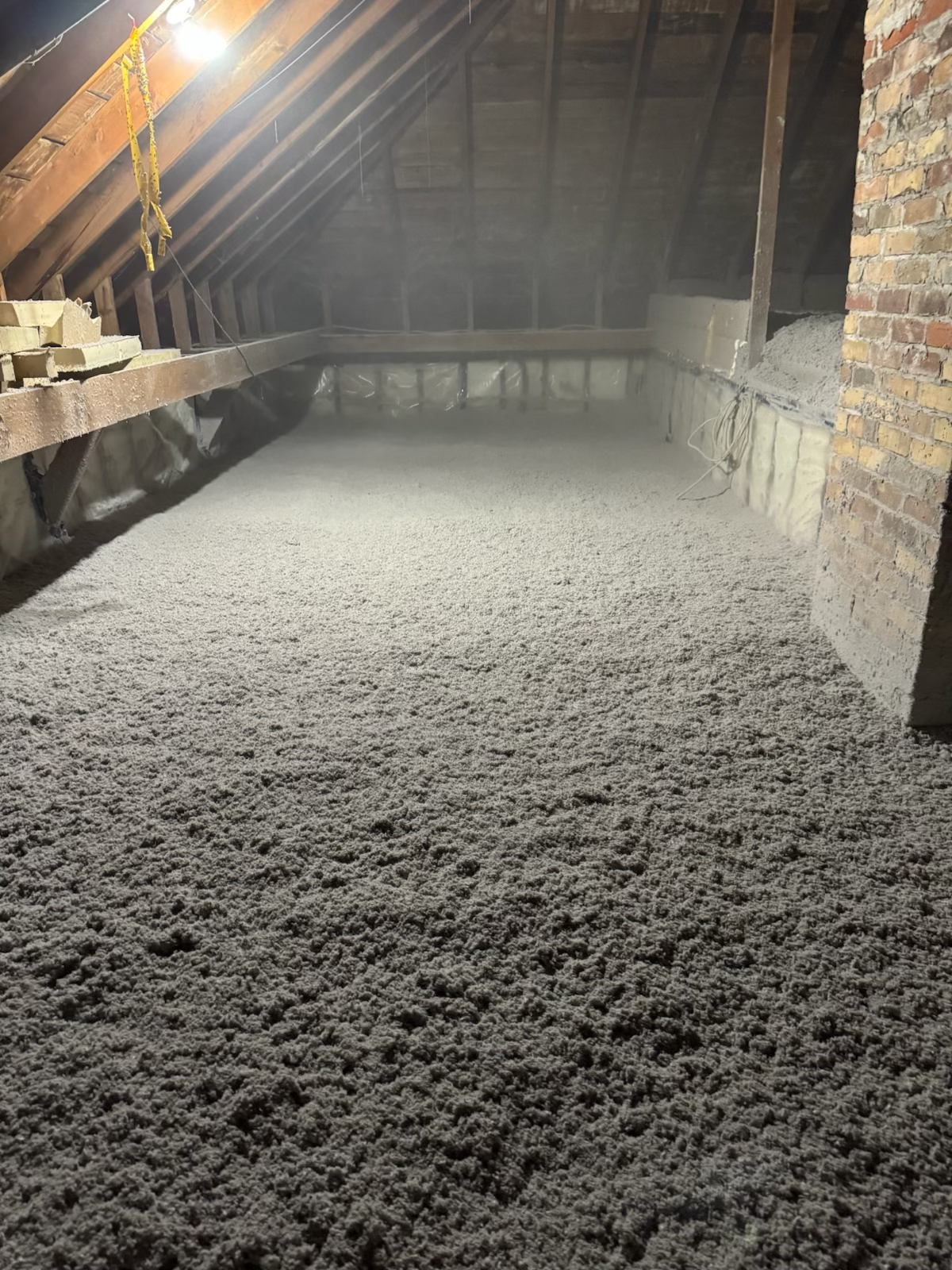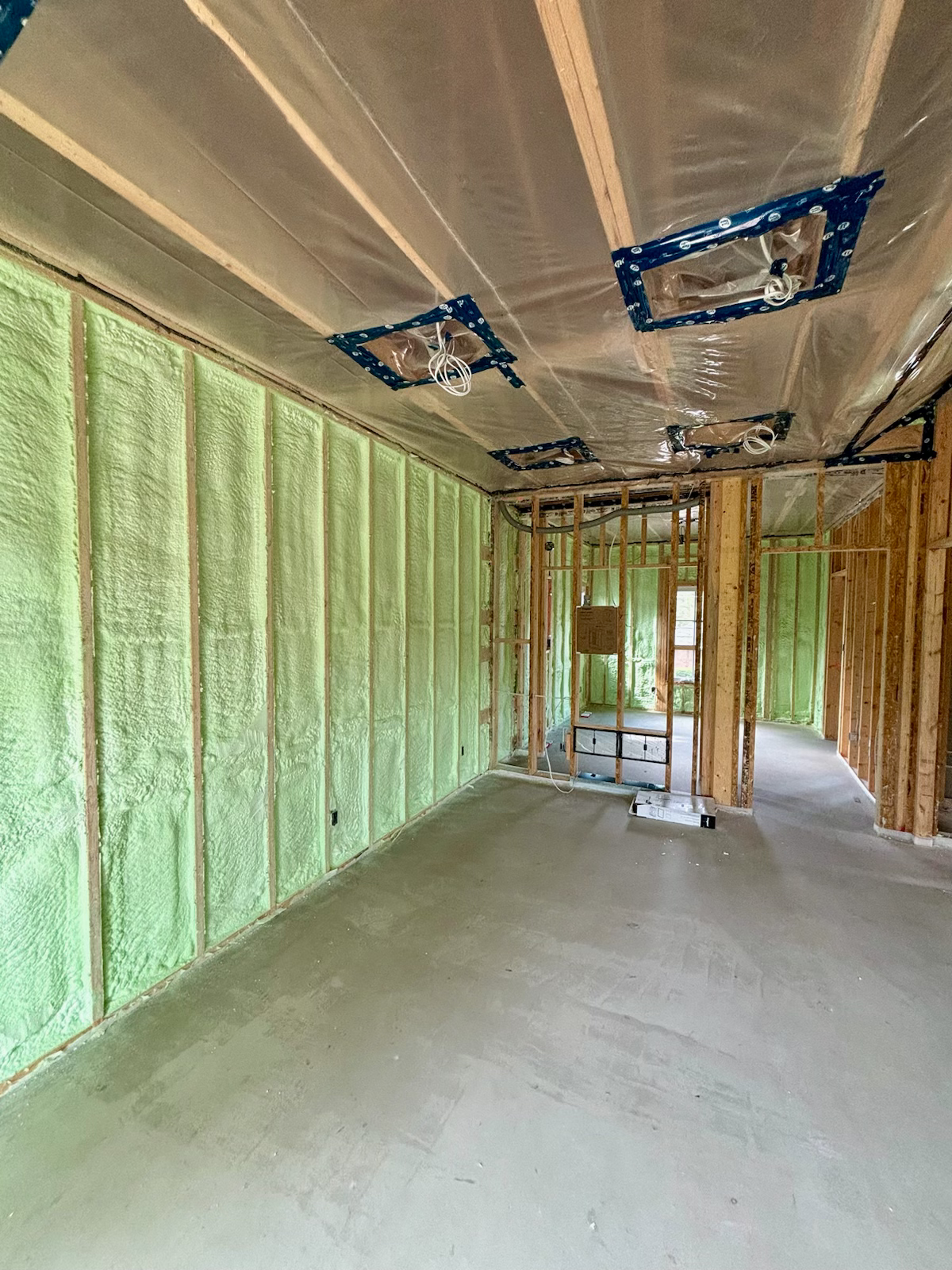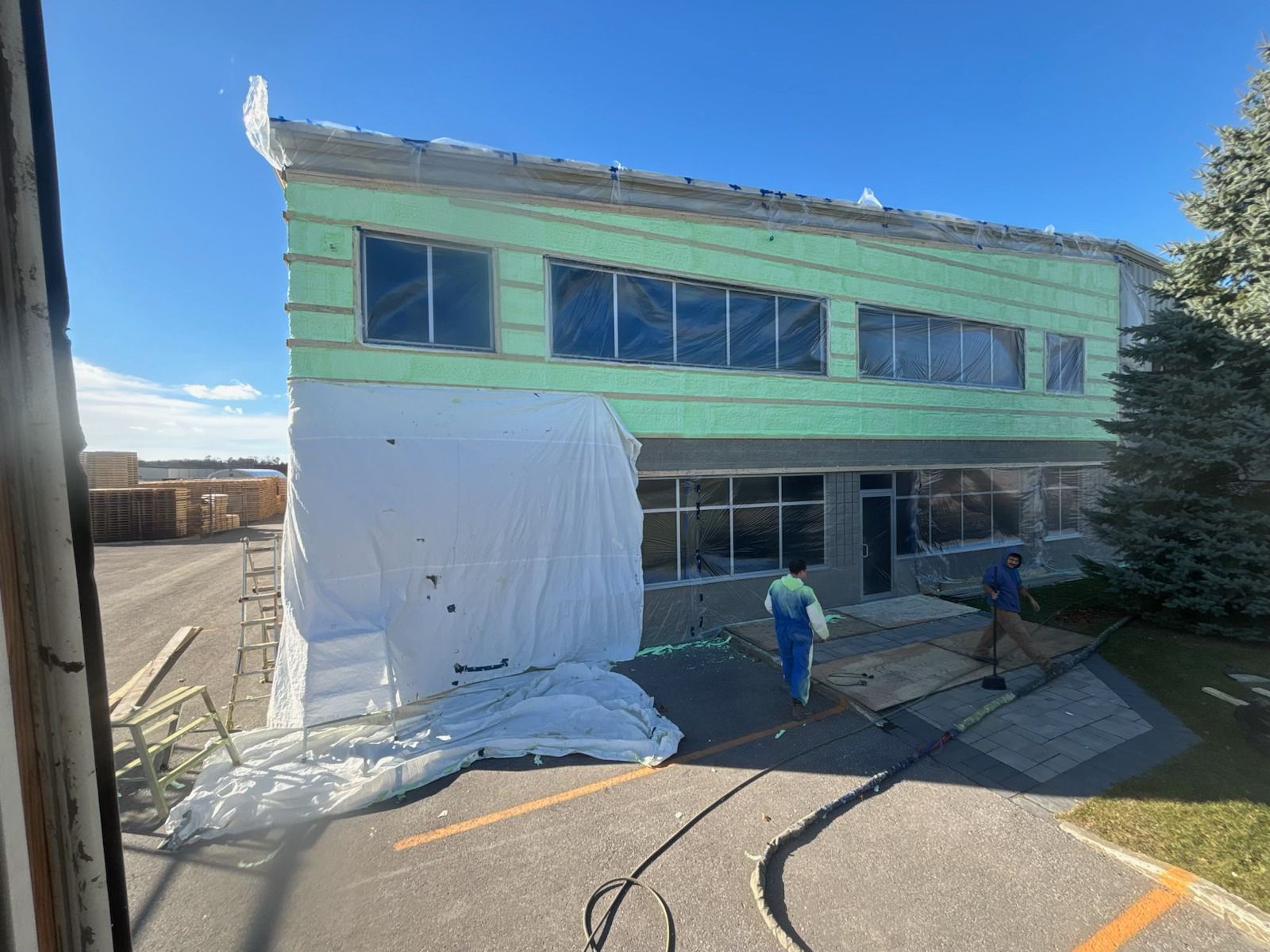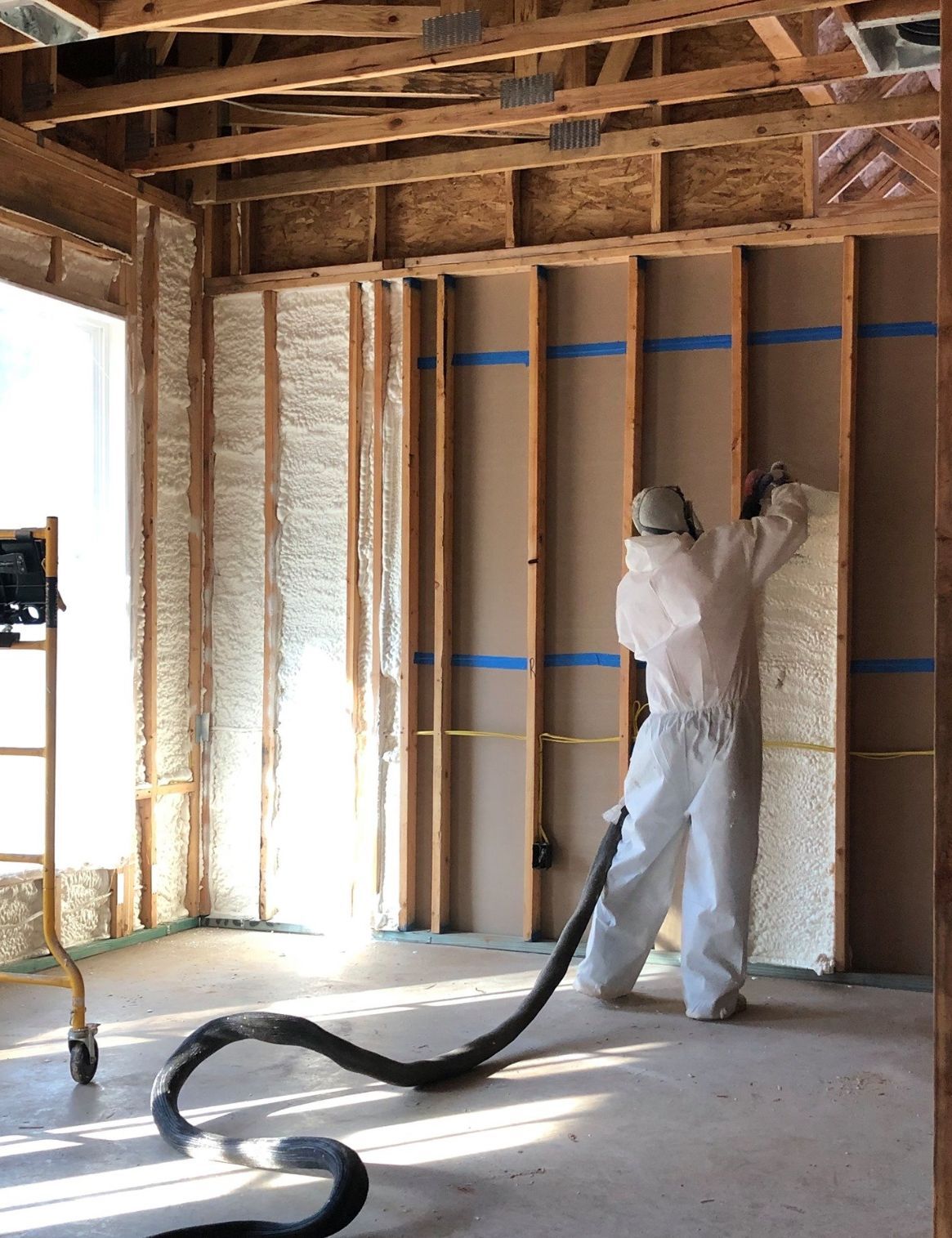Spray Foam vs. Blown Insulation: Which is Right for You?
Choosing the right insulation for your property isn’t just about energy savings—it's a key decision impacting comfort, efficiency, and even aesthetics. Among the top contenders, spray foam and blown insulation stand out, each offering unique benefits. Understanding their differences can guide you toward a choice that best suits your specific needs.
The Basics of Spray Foam Insulation
Spray foam insulation is a popular choice for both residential and commercial properties. It begins as a liquid and expands into a solid foam upon application, providing a seamless barrier against air and moisture. This property makes spray foam incredibly effective at sealing gaps and hard-to-reach spaces, significantly enhancing energy efficiency.
Spray foam comes in two types: open-cell and closed-cell. Open-cell foam is softer and better for soundproofing, while closed-cell foam is denser and offers superior water resistance and structural support. The choice between these depends on your specific insulation goals, such as moisture control or sound absorption.
Unpacking Blown Insulation
Blown insulation, or blown-in insulation, is another method providing excellent thermal performance. It involves using a machine to blow loose-fill material, often fiberglass, cellulose, or mineral wool, into wall cavities, attics, and floors. The result is a thick layer of insulation that efficiently fills gaps and voids.
One of the standout benefits of blown insulation is its versatility. It’s ideal for retrofitting older properties where walls or attics may have obstructions like wiring or plumbing. Blown insulation is also known for its quick installation process, making it a convenient option for many homeowners and businesses.
Comparing Benefits
When weighing spray foam against blown insulation, consider each option's distinct advantages. Spray foam provides an unparalleled air seal, effectively reducing energy costs by preventing air leakage. This makes it an optimal choice for new constructions or renovations where maximum efficiency is desired.
On the other hand, blown insulation's primary benefit lies in its ability to conform to irregular spaces and its affordability. It’s especially beneficial for upgrading existing insulation in older buildings, giving them a fresh boost in efficiency without major renovation work.
Application and Performance Insights
Spray foam’s versatility in offering both insulation and air sealing makes it highly suitable for extreme climates or areas prone to moisture. Its ability to expand and fill every nook and cranny translates to top-notch thermal performance and indoor air quality.
Conversely, blown insulation excels in attics and retrofits where its ease of installation and cost-effectiveness shine. Its loose-fill nature means it can easily work around obstacles, ensuring consistent coverage without the need for structural changes.
Making the Decision
Choosing between spray foam and blown insulation ultimately depends on the specific demands of your property. If air sealing and moisture resistance are top priorities, spray foam offers superior performance. It's also ideal in spaces where energy efficiency needs are paramount.
For those looking to improve existing insulation affordably, blown insulation might be the way to go. Its adaptability to existing spaces without significant alterations makes it a cost-effective solution for boosting efficiency.
Taking the Next Step
With so many factors at play—from thermal properties to installation methods—making an informed decision can feel overwhelming. That's why the best next step is to consult with insulation experts. At J&J Insulation, our professionals can evaluate your property, consider its unique characteristics, and offer advice tailored to your needs.
Engaging with seasoned experts ensures you're not only choosing the right type of insulation but also making an investment that enhances comfort and efficiency for years to come. Connect with us today to explore how our services can transform your space with optimal insulation solutions.

